Tips On Banjo Maintenance
Cleaning our homes is routine - maybe not a favorite thing for all of us but we do it anyway. I love things that make my cleaning routine easier! (OK, now you know for sure that I don’t like house cleaning.) Today I want to share of few easy tips on maintenance for your banjo. They are about as easy as I can make them!
-
Clean your hardware: We have a set of care cloths that makes this so much easier. There are 3 of them; grey/white combo, all white, and pink. They each have a separate function.
- Grey/white combo: This cloth is the one I recommend for daily maintenance. If you only want to get one, then this is the best one for you. The inside white cloth has an anti-tarnish substance in it to prevent premature tarnishing of the hardware. Nickel hardware is very sensitive to the environment and the dirt/oil/moisture from our hands can cause it to tarnish. A simple wipe down with the white and then grey cloth will help retard the tarnish process. You can use the grey portion on the fingerboard and neck for easy clean up.
- Pink cloth: The pink cloth is called the wax cloth. It is made with a polish that is safe for the wood of your banjo. It is great way to put a bit of protective polish on the neck and fingerboard and other wooden parts and keeps them cleaner.
- White cloth: This cloth has a slightly grainier texture and is for hardware that is already show signs of tarnish.. I actually love to use this one on my silver jewelry…it is safe and really removes the tarnish effectively.
- For really severe tarnish (but not through to the base metal) you might try a product called Cape Cod Cleaner which is available on the internet. There is also something called Simichrome polish that is available at many hardware stores for chrome bumpers. These are both safe for you to use.
- Clean the banjo head:. Our banjo heads get dirty from the oils/moisture/dirt on our fingers. It just shows you are playing the banjo but it can be unsightly. Use a white paper towel and some 409/other clear cleaner for removing grease on kitchen counters. Put the clear spray on the paper towel and then gently rub the banjo head. It works very nicely. For frosted bottom or shiny heads, just use a gentle glass cleaner to remove the fingerprints. Again, don’t spray it on the head; put it on a cloth and rub gently.
-
Fingerboard Care: The ebony fingerboards on our Deering banjos are not covered with a finish. They are treated with a light coating of almond oil. You can buy it at a health food store.
- To clean your fingerboard, rub it down with a clean cloth that has a light coating of almond oil on it. Rub the oil into the wood, and wipe it down again to remove any excess.
- Keep your fingernails short on your fretting hand. This will help prevent grooves from occurring on the fingerboard itself. I am amazed when I see little “valleys” between the frets on an ebony fingerboard. It is a very hard, dense wood but long hours of practice and playing with long fingernails can have deleterious effects, even on this very hard substance!
- Grooves in your frets can happen just from continuous playing. But, they may also be a sign of pressing harder than you need to on the frets. Try using a lighter touch. Your hand and your frets will thank you! Eventually, you may need a fret replacement. Please use a luthier to do this if you are not experienced in this sort of procedure to prevent any damage to the fingerboard of your banjo or call the factory to have us perform this service for you.
-
FINISH: Protecting the finish is better than having to repair the damage!
- Always wash your hands before playing the banjo. Any lotions, aftershaves, perfumes, oils, etc. on your hands can interact with the finish. This first step alone will go a long way to keeping the banjo finish clean and extend its lifetime.
- Avoid vinyl and plastic straps that might interact with the banjo finish. We have a great selection of leather and durable cloth straps that are custom made to fit our banjos. Click here to choose a strap to fit your banjo and your budget.
- Be careful with your choice of banjo stands. I had the sad experience of viewing some pictures from one of our customers who had finish issues because the rubber on the banjo stand interacted with the finish. They were going to have the resonator refinished because of this. Just be aware of this when choosing a stand. We have a wooden stand that will not react with the finish.
- Avoid commercial furniture polishes containing harsh chemicals or silicone. These may interact with the finish. Use the pink care cloth we covered earlier in this article.
- If you spill water or alcohol on the banjo, wipe it off immediately because it can leave a cloudy spot just as it would on your fine wooden furniture at home.
- Very light scratches in the finish can be rubbed out using a light grade auto polish or toothpaste on a cotton cloth. Put some into the area of the scratch and rub it around so that the grit of the polish will smooth the finish. Deep scratches need professional care.
- Remove the capo/banjo tuner on your peghead after use. The pressure of the capo against the back of the neck for long periods of time can mar the finish.
-
Tighten the head: The banjo head is made of plastic and it does stretch. To keep the banjo sounding the brightest, you want to keep this head tension firm. It is actually tap-tuned here in the factory to between G and G#. If the banjo bridge is sitting in a deep valley on your banjo head; it is long past time to tighten the banjo head. Of course, if you like the sound you are getting, then for YOU that is the right tension.
- It is hard for me to hear G/G#. What I do know is feel the banjo head. If you press on it (thumb under the resonator/rim and fingers on the banjo head) it should feel firm; with very little “give” but not “rock hard”, when you press down.
- You will need a t-wrench/socket wrench to tighten the hex nuts under the hooks on your banjo head. If you have a Goodtime or Boston or Vega banjo, the right size is 9/32”. If you have an upper line Deering with a resonator, you will need a ¼”. If you have an upper line Deering openback banjo, you need a 5/16” wrench.
- You want to tighten the nuts only 1/8 turn at a time. Looking at the front of the banjo head and using the logo at the neck side as 12 o’clock, go clockwise then counter clockwise to tighten them. Check the bridge and sound of the banjo after one go-around. You usually only have to go 2 times around to get it tight enough.(See Deering/Goodtime maintenance manual for further instructions.) DO NOT crank the nuts too tight; they should be just snug. Too much tension on the nuts and you will pull down the edge of the tension hoop against the banjo head and “pop” it loose from the round rim that holds it together. Once that is done, you will have to buy a new one as no amount of tightening will help. While they are not expensive, it is inconvenient for you.
-
Change your strings: There is nothing like a nice, fresh set of strings to bring the life back to your banjo sound. Strings do lose their elasticity over time and they even tarnish. The good news is that they are inexpensive to replace. Learning how to replace your own strings is a good idea. There are some wonderful instructions in our maintenance manuals which are free for the download at www.deeringbanjos.com.
- If you play frequently, you should replace your strings every 4-6 weeks. If less than one –two hours per week, you can squeak by with changing them every couple of months. Let the sound of the banjo guide your frequency (no pun intended).
- For Goodtime banjos we only recommend using our light gauge strings. Gauges on these are 10, 11, 13, 21w, 10. You can go lower but no higher to prevent any neck bowing issues from too much stress that could happen with heavier gauge strings. Upper line Deering banjos have truss rods in the neck and those can tolerate higher gauge strings. If you play frequently, you should replace your strings every 4-6 weeks. If less than one –two hours per week, you can squeak by with changing them every couple of months. Let the sound of the banjo guide your frequency (no pun intended). You can buy strings for your Deering or Goodtime banjo here.
These tips should help you keep the banjo in good shape. Once they become routine, you will do them without even thinking of them as “cleaning chores.” Enjoy your time playing and just invest a little in cleaning…its more fun that way!
To ask a question or find more tips, go to our Customer Support Forum!
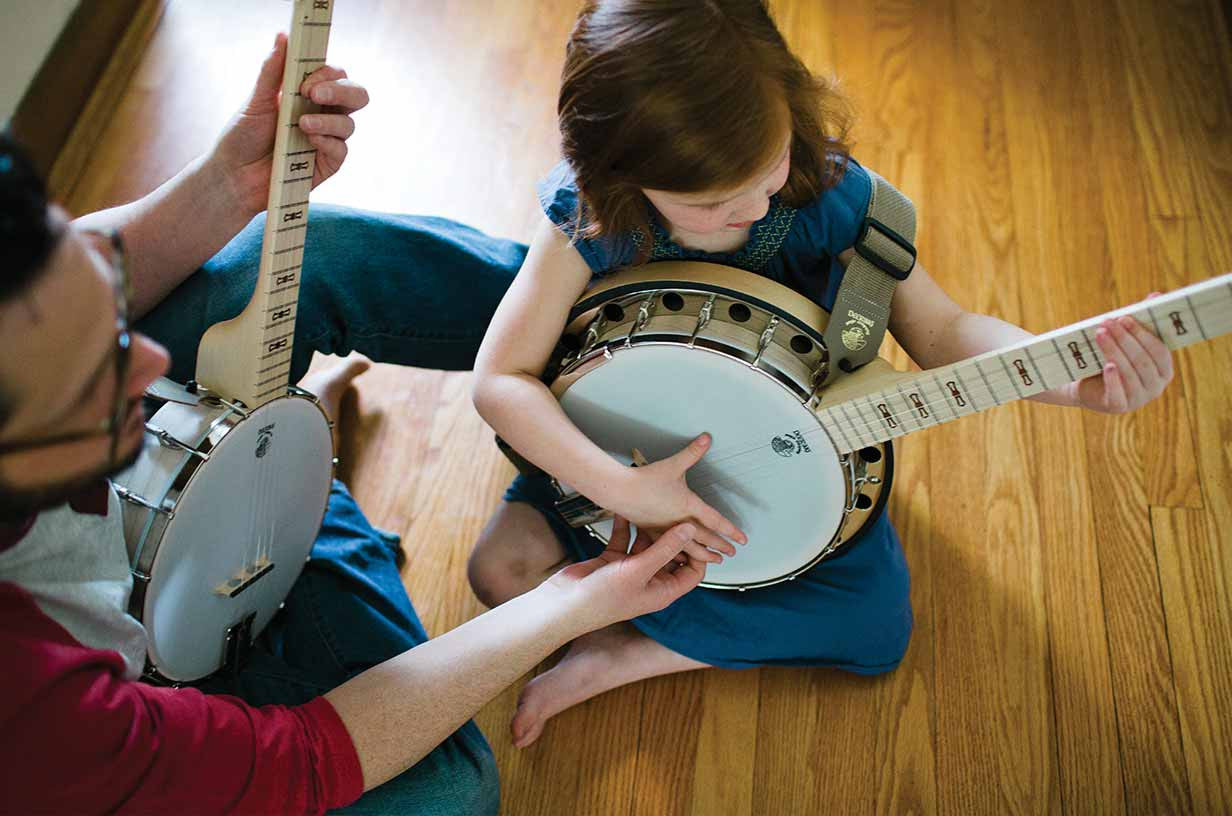
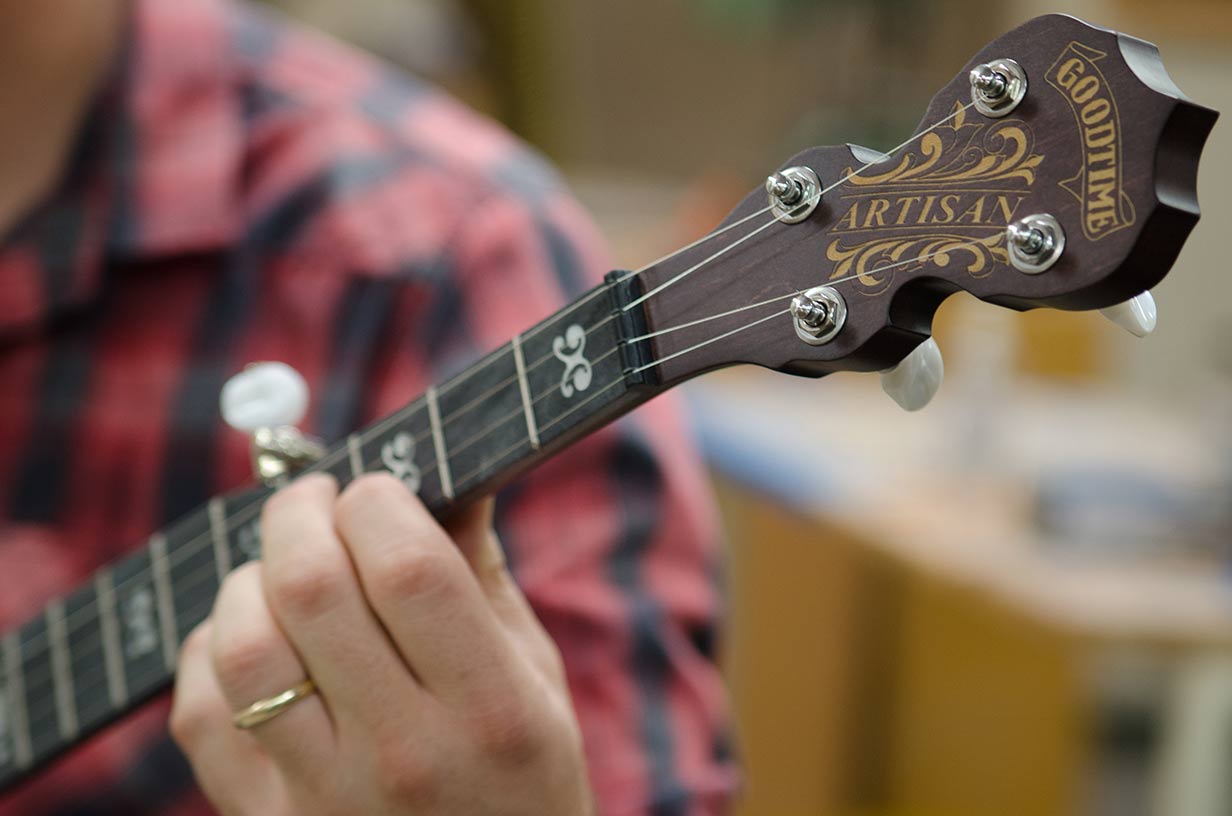
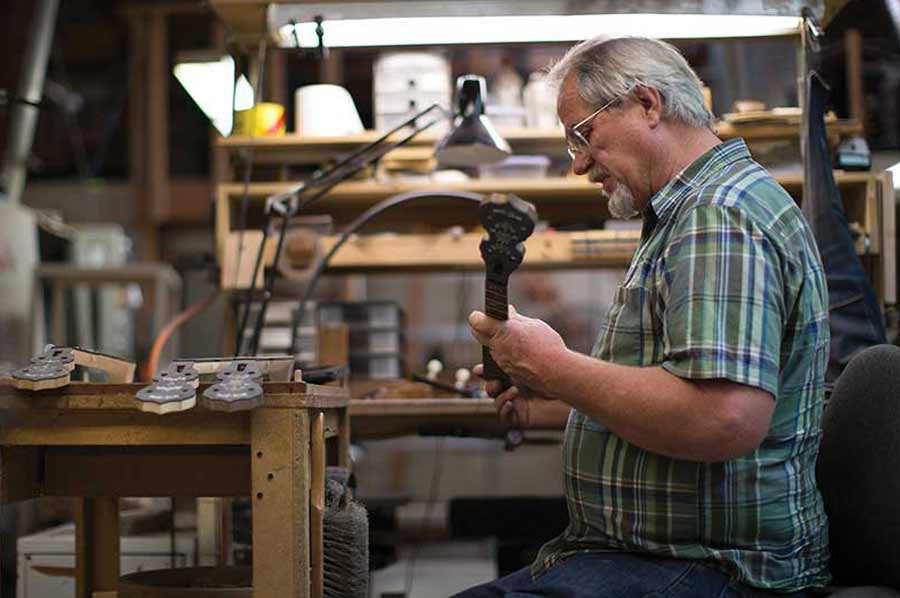
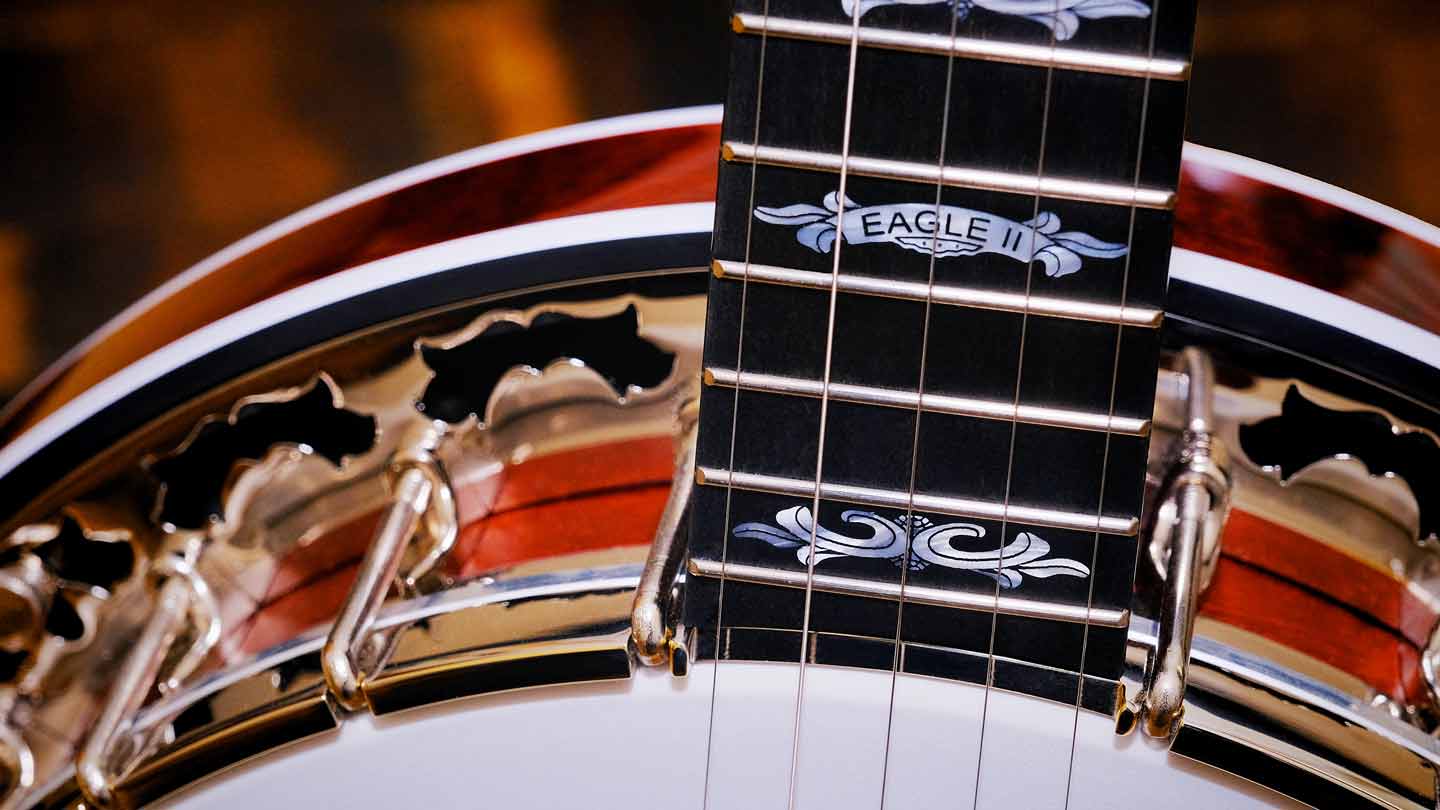
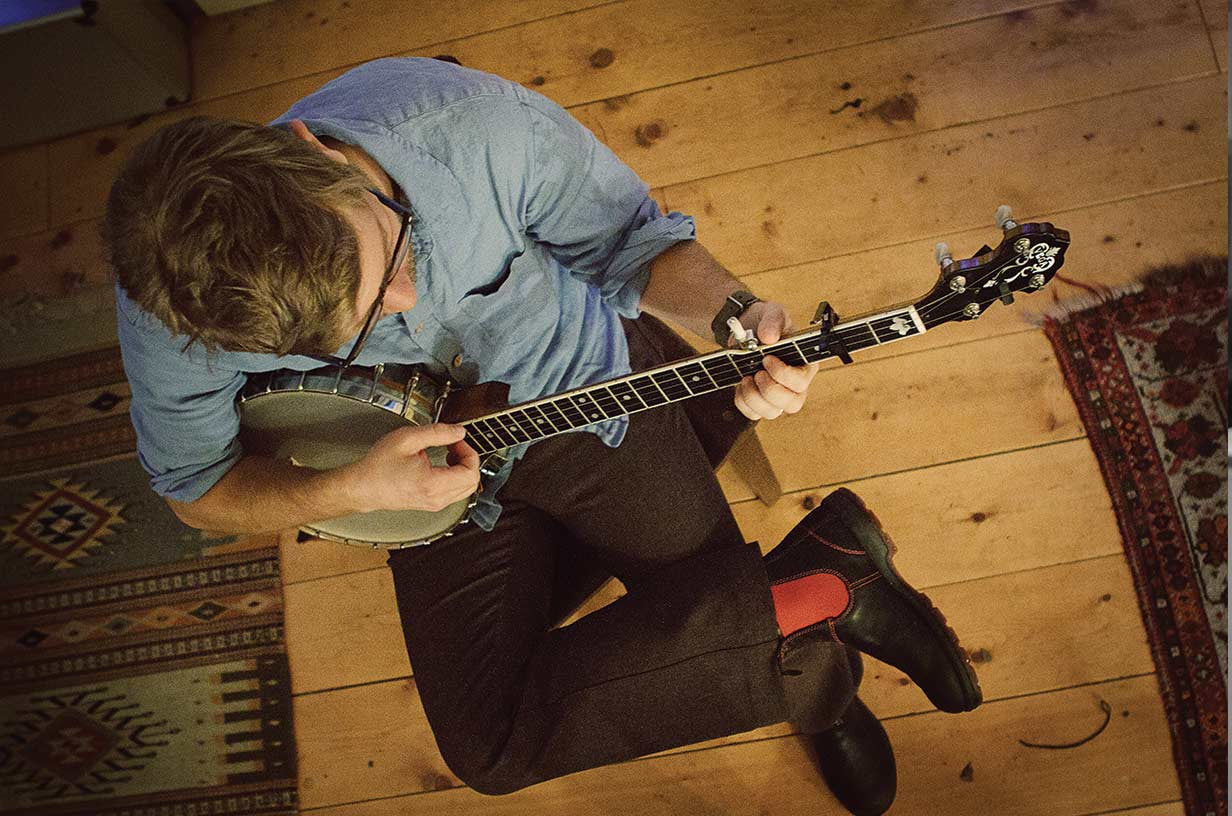

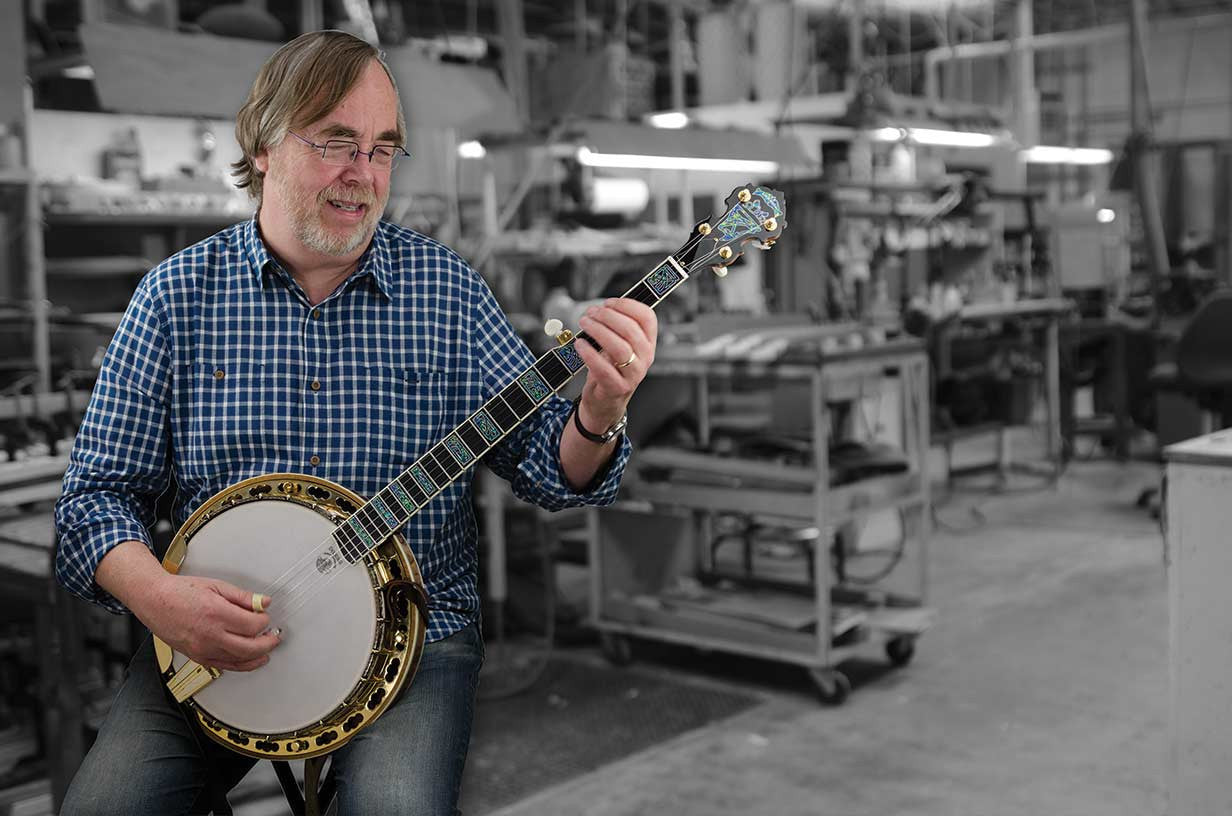
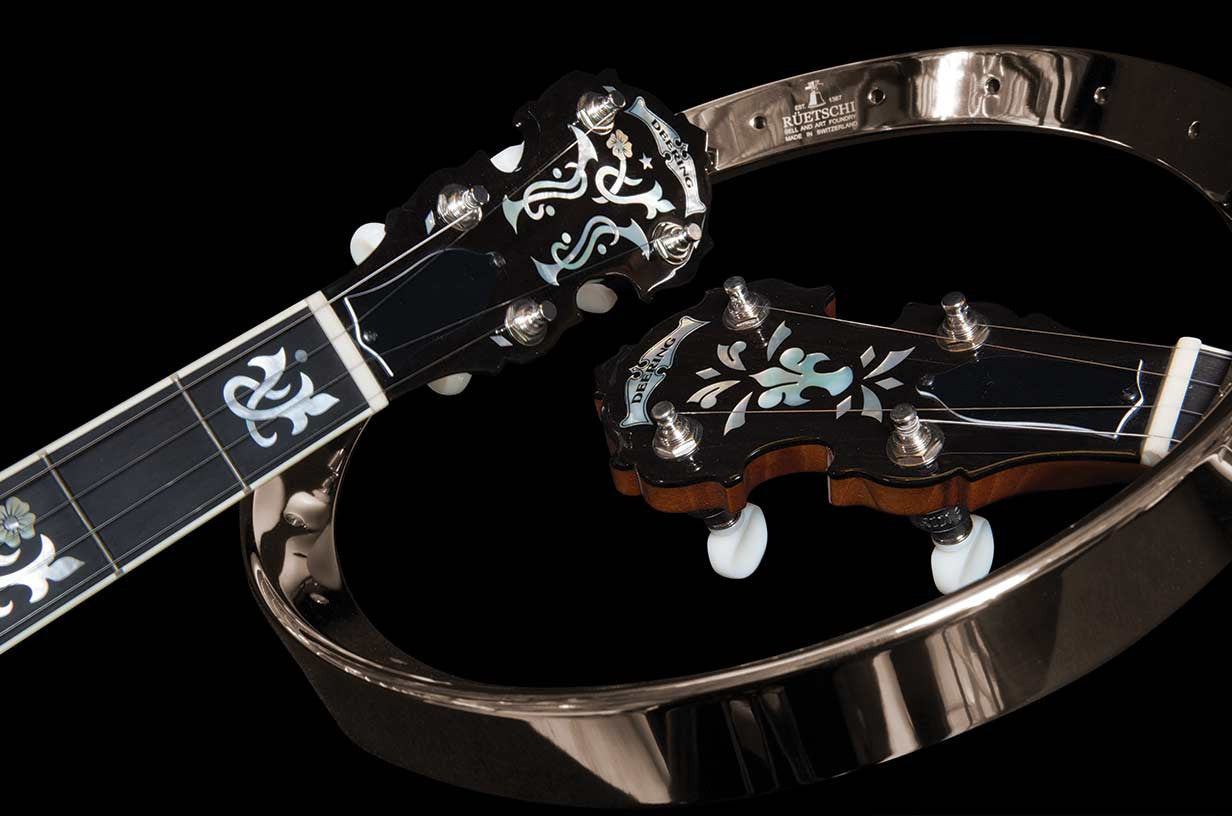
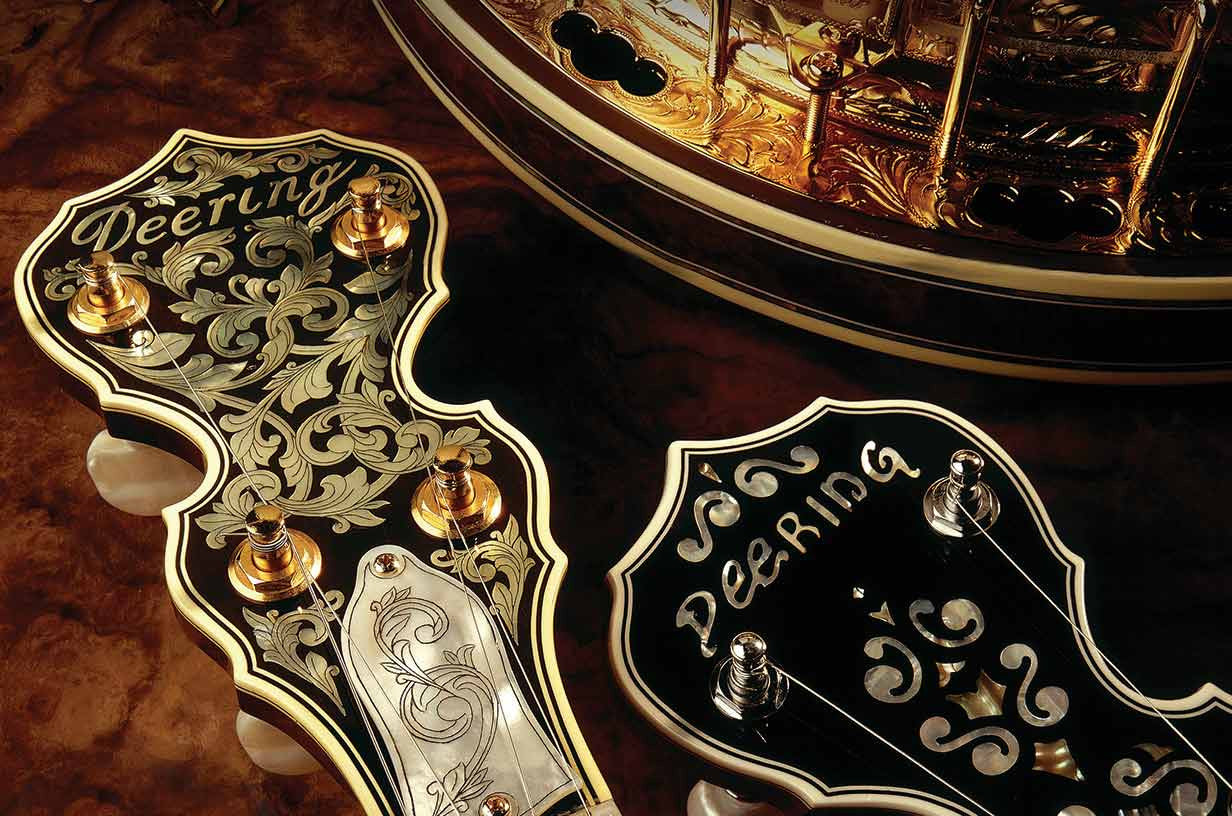


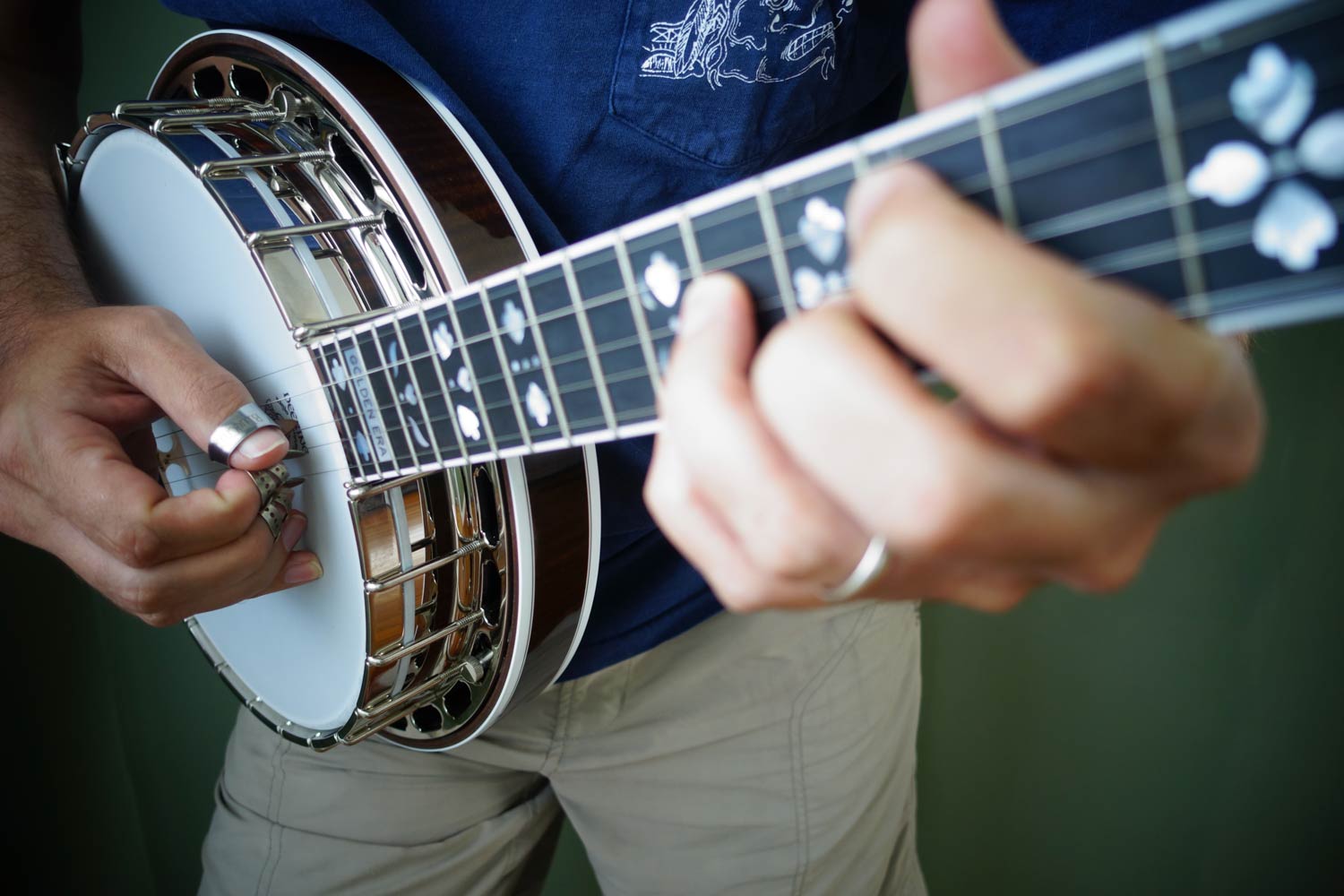
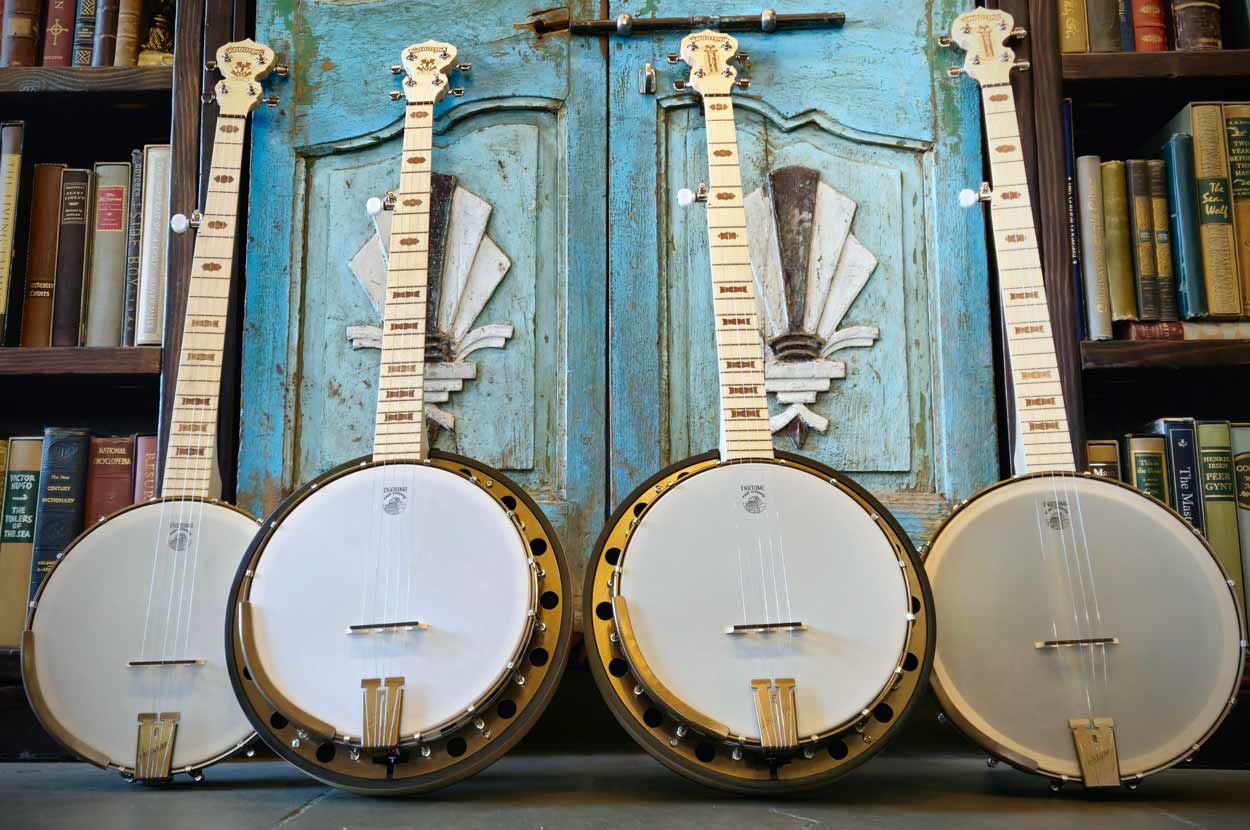
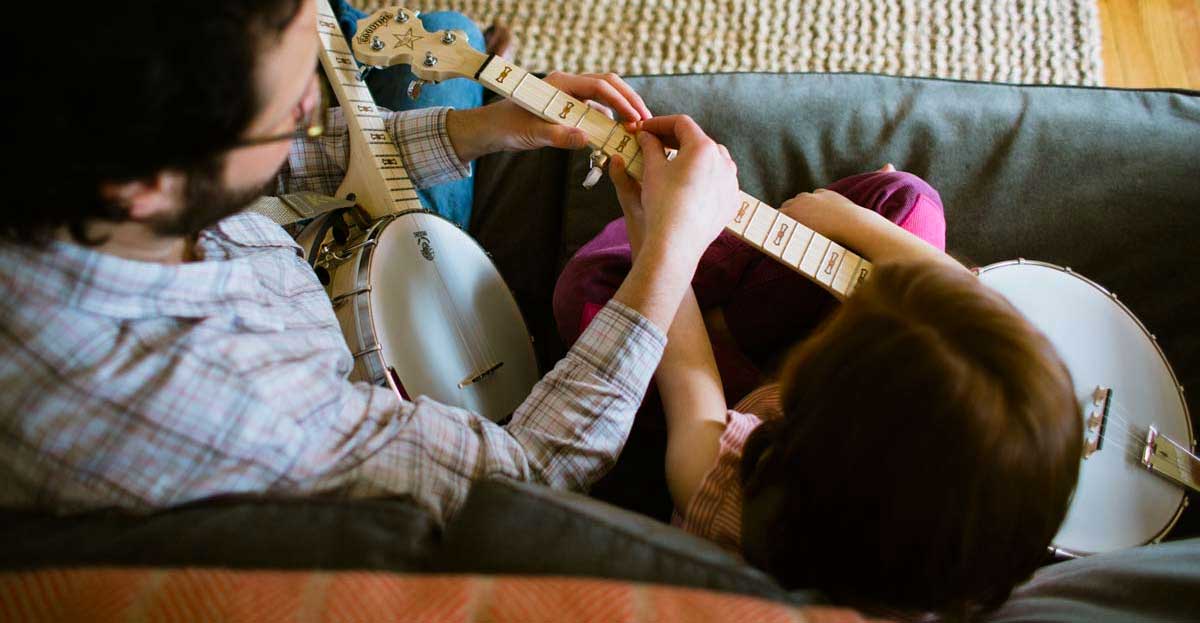

From Australia. Loving my Deering banjo. Just a beginner and find this site so full of great information, tips etc.
Saving now to get a dee ring open back as well.
Congradulations on a fantastic product and brilliant website
Leave a comment